Discovered!These two giant giant stars are out of the department, which surprises citizen scientists
Author:Astronomy online Time:2022.09.28
The discovery of the distant planet promotes the footsteps of deep space exploration
After understanding the scope of the planet, the cooperation of the planet exploration device will fully enter the space
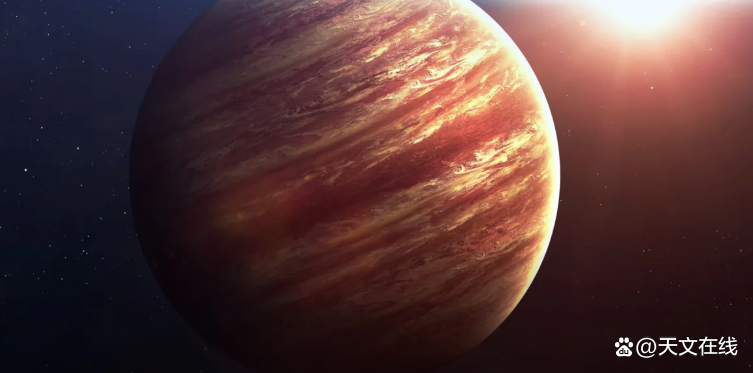
A artist depicted two gaseous planets running around the bright star HD 152843. (Image source: NASA/Scott Veins)
With the help of citizen scientists around the world, a pair of giant giant exogenous planets were discovered, which run around a distant sun star.
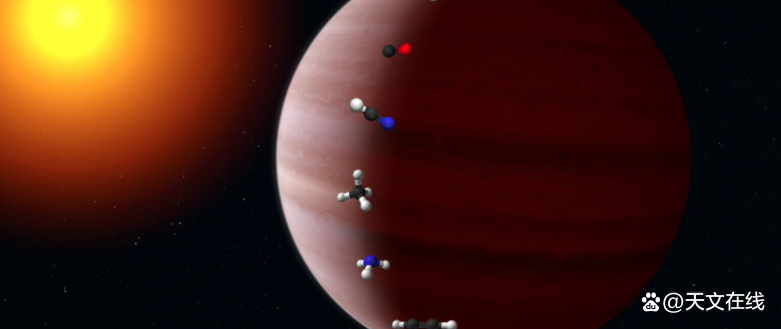
The members of the planetary hunter TESS (Lingri Foreign Planetarian Satellite) project funded by NASA discovered these two planets that run around a distant star HD 152843, a distant star HD 152843 from the earth. According to a statement from the National Aeronautics and Space Agency, the quality of this star is similar to the sun, but it is nearly 1.5 times larger than the sun, and the brightness is slightly higher.
This planet is named HD 152843B, which is about 3.4 times the earth, or the size of Neptune, around its star within 12 days. The layman star is named HD 152843C, which is 5.8 times larger than the earth. The quality is 27.5 times that of the earth. It is a Asian Saturn, which is the planet between Neptune and Saturn. According to a new study, its track cycle is between 19 and 35 days.
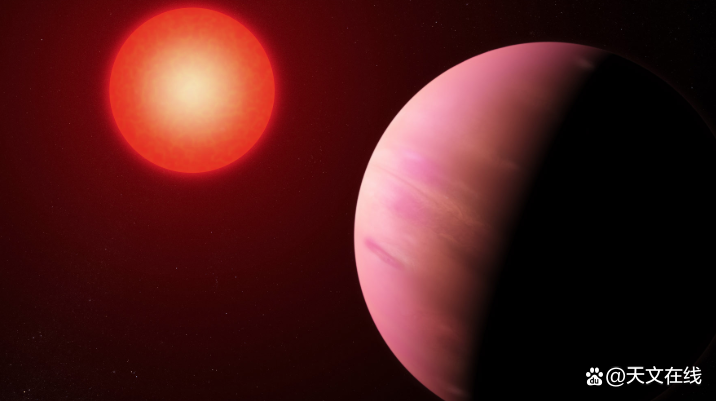
The main author of the study, the Astronomical Physics of Oxford University in the United Kingdom, said in a statement of Nora Eisner, a doctoral student, said in a statement of NASA. The theories related to the formation and evolution of time. "
Planet hunter Ling Di is a citizen scientist of the Outer Planet Sky Tour Satellite (Ling Day Foreign Planet Satellite Satellite) project (a family aimed at promoting the National Science Plan) Animal Universe website. In the Observatory of HD 152843, three obvious obvious obvious detection of obviously obviously The Lingri incident -When the planet passes through the surface of the star, the brightness of the stars decreases shortly in a short time, blocking part of the light.
Their discovery was subsequently confirmed by professional astronomers, and the latter compared the data with the computer model. The results showed that the two Ling Day incidents came from the internal planet (HD 152843B), and the third Ling Day incident came from the No. 1. Two external planets (HD 152843C).

Astronomers also used two other instruments -the northern hemisphere high -precision radial speed planet search device located in the northern hemisphere of the Galileo National Telescope and the extremely precise spectrometer located on the Lowal Observatory in Arizona -to confirm that the Lingri incident was actually by the department. Caused by layman stars, not other sources, such as another star companion, the asteroids passed by, or the movement of the phenomenon itself. These instruments use a technique called radial speed to detect the small "swing" caused by the planet running around orbit in the movement of its mother star or far from the earth.
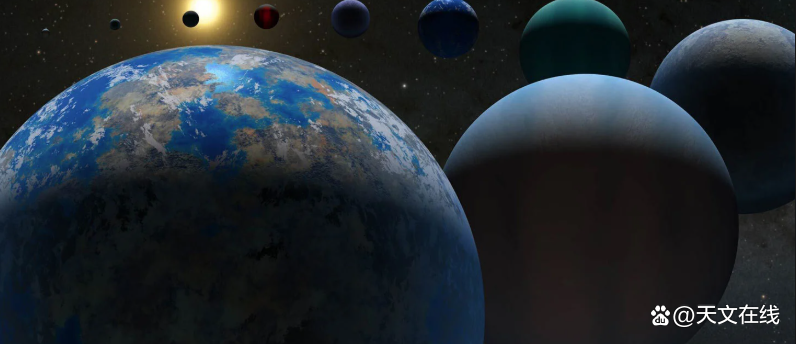
Observation of the HD 152843 system shows that the temperature of these external planets is too high, and it is atmospheric and cannot support human life. According to the statement, studying these two new exogenous planets helps scientists to understand whether there is the scope of the planet in the galaxy.
In the statement, Aisner said: "We are taking a small step in the direction of looking for planets and studying its atmosphere, and continue to promote the boundaries we can explore."
Citizen science projects, such as planet hunter Ling Di Di outer planettockend satellite project, have helped find many foreign star candidates who may not be discovered. Citizen scientists who helped find HD 152843B and HD 152843C were listed as the co -authors of this new study. The research was published in the Royal Astronomy Monthly on June 8.
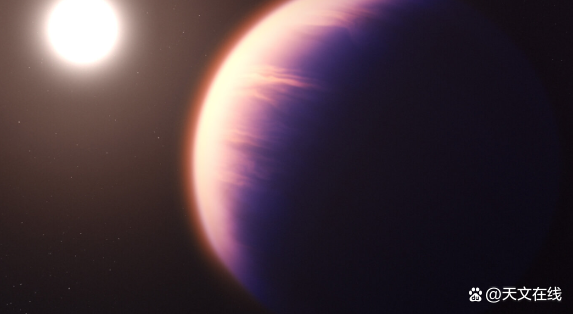
"I think I am contributing, even if it is just a small part," Cesar Rubio, one of California mechanic, one of the citizen scientists, California mechanic, said in a statement. "It is worthy of scientific research, which makes me feel satisfied."

related information
The Ling Day Foreign Planet Satellite Satellite is a space telescope plan for NASA's "Explorer" plan. It aims to use the Lingri method to find foreign planets in a 400 -fold area than Caircol's task. It was launched on the Falcon 9 carrier rocket on April 18, 2018, and was placed on a highly oval 13.70 -day orbit ... The new content will be added above the current selection focus area. On August 7, 2018, the Ling Day Foreign Planet Satellite Satellite took the first light image and released it publicly on September 17, 2018.
Planets of the solar system, or Exoplanet, are planets located outside the solar system. As of October 20, 2021, a total of 4,531 exterior planets that have been confirmed, about three -quarters of them were discovered through the phenomenon of Lingri [5]. These planets are divided into 3364 planetary systems, of which 778 multi -planets [6]. The Cairple mission has been detected by 18,000 planet candidates, including 262 candidates located in the potentially suitable ribbon [7] [8].
By: Samantha Mathewson
Fy: jane
If there is related content infringement, please contact the author to delete after the work is released
Reprinted, please obtain authorization, and pay attention to maintaining integrity and indicating the source
- END -
Expert: The communication card picking the star does not mean that it can "waves" at will

On June 29, the Ministry of Industry and Information Technology announced that the...
"See" safety risk, the digital era requires a Chinese plan

The digital economy is becoming a powerful driving force for the new round of indu...